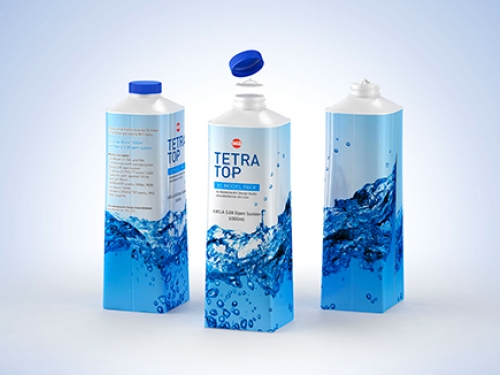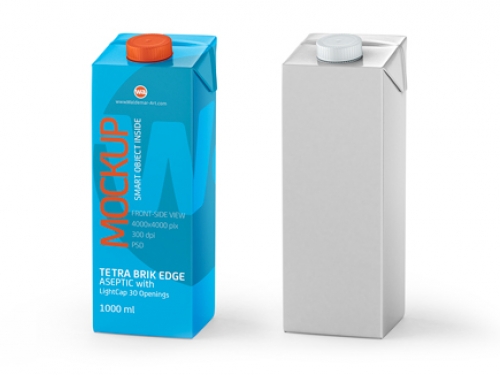Blog
3D model of TetraPak Tetra Top 1000ml Base with Katla S38
20/08/2016
Packaging 3D model of TetraPak Tetra Top 1000ml Base with Katla S38 is OUT! Amazingly detailed 3D model with textures and UV-ready!
Get them in our Store

Packaging Mockups
18/08/2016
Yes, exactly! We have opened a new section at our Store: packaging mockups. It's never been so easy to get professional packaging mockup just in one click.
Dozen of different packaging mockup with 4000x4000 pixels including Smart Object. Easy to open, easy to edit!
Go and grab them all!

Fantastic updates!
16/07/2016
Yahoo!
Our lovin' Store got updates! From tonight any customers may open accounts and proceed payments in real time. From now we accept Credit Cards and Paypal wallets.
Soon, we will upload amazing 3D models of TetraPak packaging. So stay tuned!
